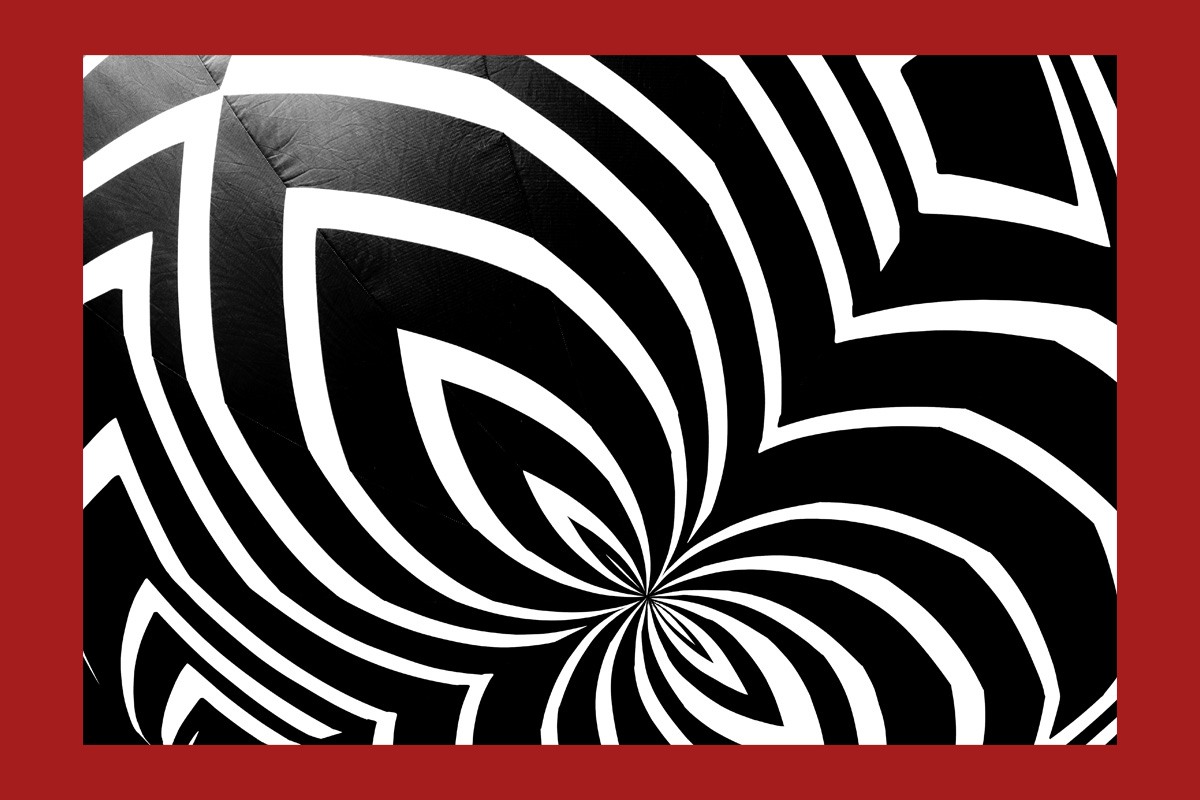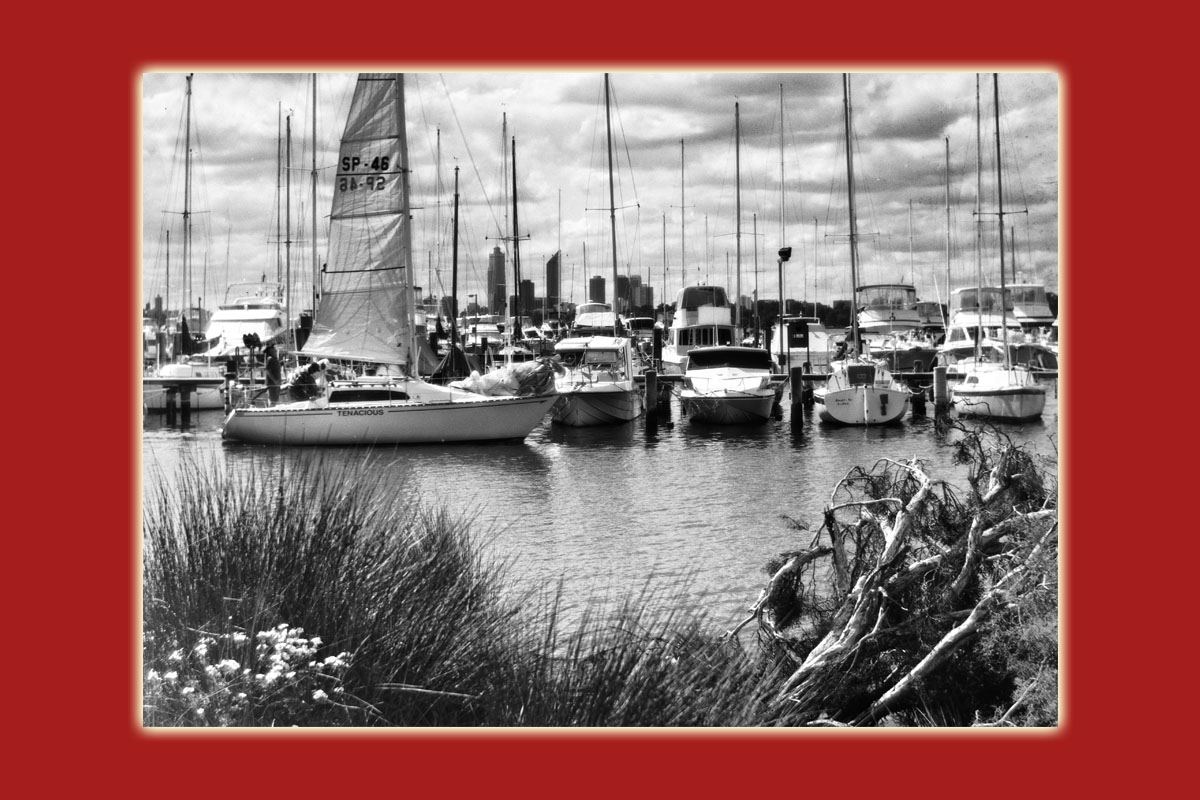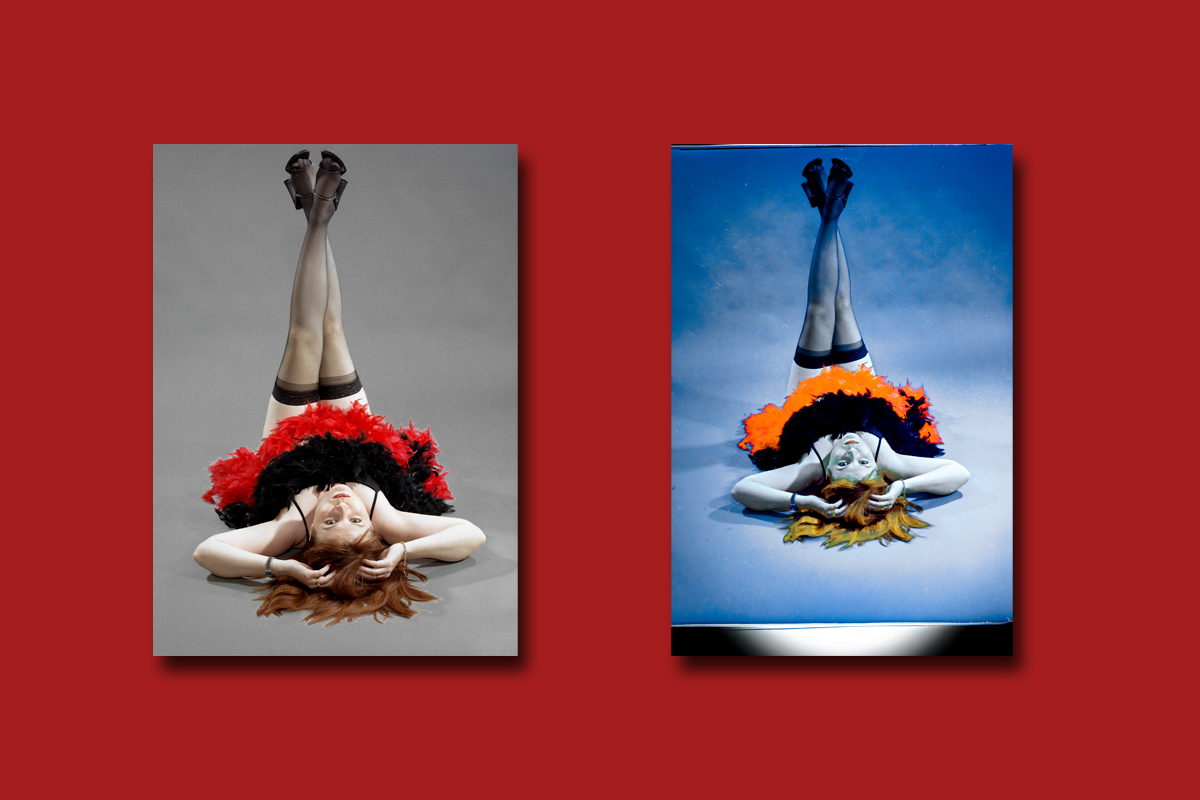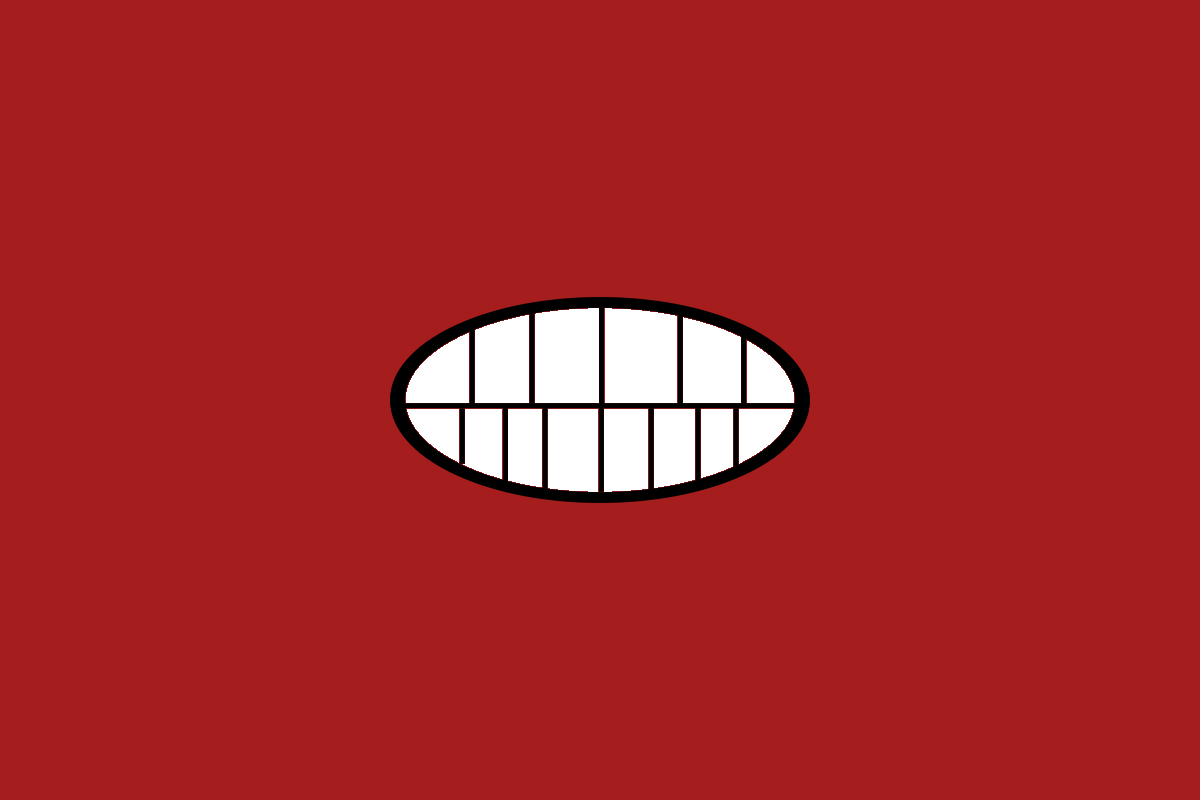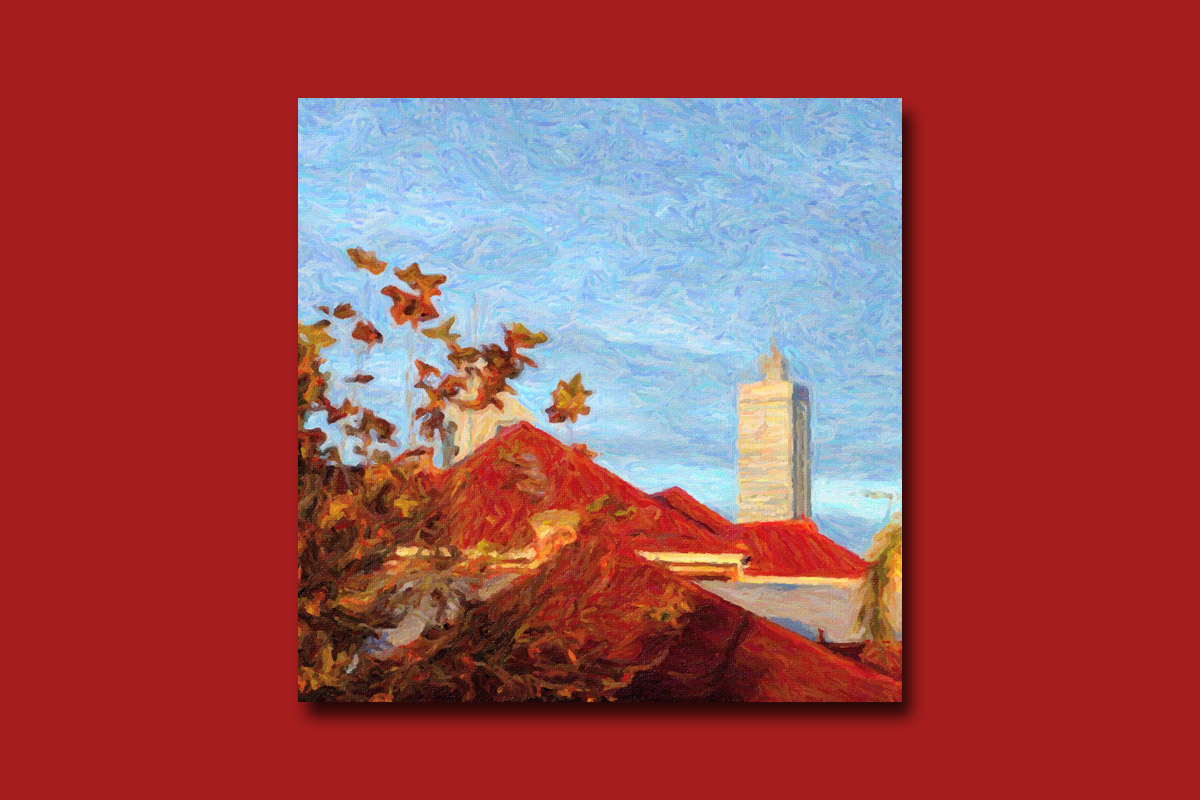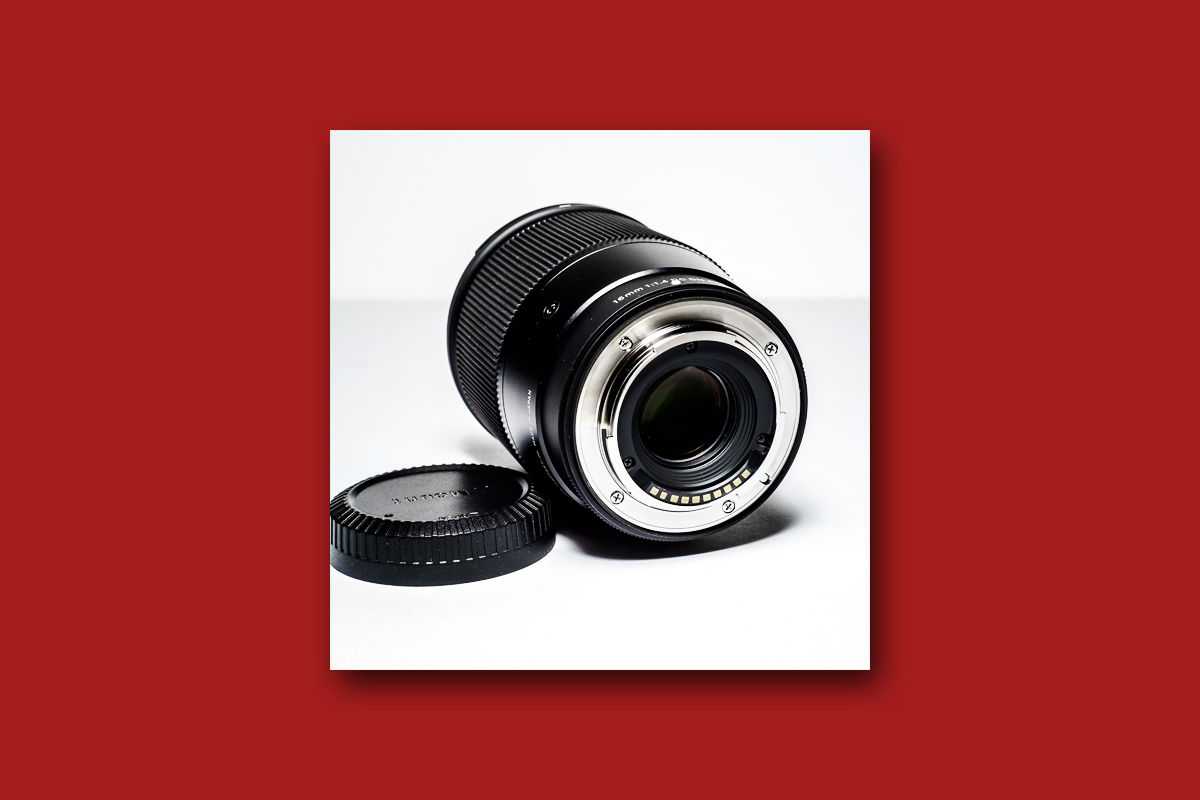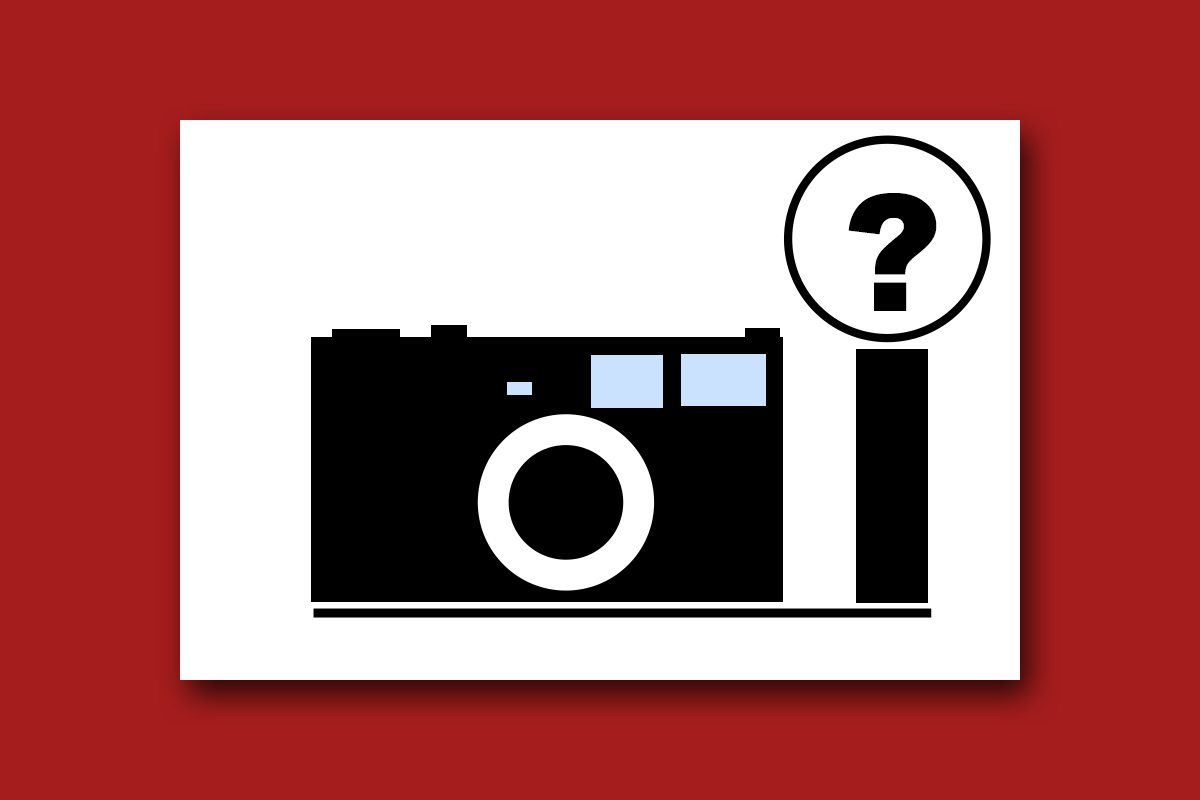01 May This Post Is Written With AI
That's angst and industry. I cannot afford the artificial intelligence on my pay. We are certainly seeing a cage fight in the photo contest field these last few weeks. The entry, success, exposure, and withdrawal of an image in a prestigious associated with an equally prestigious...



